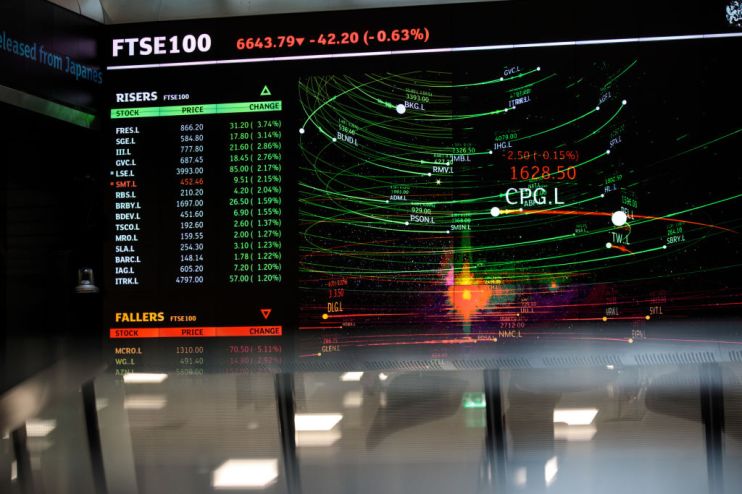FTSE 100 dividend payouts fall to lowest level in nearly a decade

Dividend payouts by FTSE 100 firms have dropped to their lowest point in nearly a decade as the pandemic forces companies to slash payments.
Dividend payments for FTSE 100 firms are forecast to plunge 24 per cent this year, according to AJ Bell.
It follows an 11 per cent drop in 2019, leaving the total at its lowest level since 2012.
Thirty five firms have cut payouts for the year, equating to an £18bn reduction, with Shell, HSBC and BP topping the list.
And forecasts for the year have slipped a further 10 per cent in the third quarter to £56.5bn, in large part due to BP’s decision to cut its second quarter dividend in half.
After cuts and cancellations from some of the index’s biggest players, British American Tobacco is now forecast to be the biggest dividend payer this year.
Investment director Russ Mould said: “Not all investors will welcome this, especially those who feel that tobacco does not pass their socially responsible investing (SRI) screen tests.”
“However, others will welcome how BAT’s chief executive Jack Bowles continues to stick to his target of a 65 per cent dividend pay-out ratio.”
The Lucky Strike brand owner beat half-year profit expectations as revenue inched up 0.8 per cent to £12.27bn.
Despite the dividend cuts London’s main index is expected to yield 3.5 per cent for this year, increasing 4.2 per cent in 2021. And indeed, BP and Vodafone still offer yields of more than eight per cent, even after their cuts in 2020 and 2018 respectively.
“Investors will have to look carefully at the list of the highest-yielding firms, as some of them have a track record of having to cut their dividend payments when times get tough”, Mould said.
Investment manager M&G is currently the highest-yielding individual stock followed by Imperial Brands and Aviva. M&G is also the only one in the top ten to have earnings cover of two times or above.
Cover is inevitably lower during an economic downturn as earnings come under pressure. The aggregate earnings cover ratio is just 1.42 times, barely changed from a quarter ago.
It equates to a 70 per cent pay-out ratio which the investment platform thinks indicates that both analysts and shareholders are pinning their hopes on a pick-up in economic activity.
Analysts predict that firms will not look to splash the cash too quickly should the recovery pick up.
This would allow cover to move back towards the 2.00-times threshold “that provides a safety buffer in the event of the unexpected – such as a double-dip recession.”